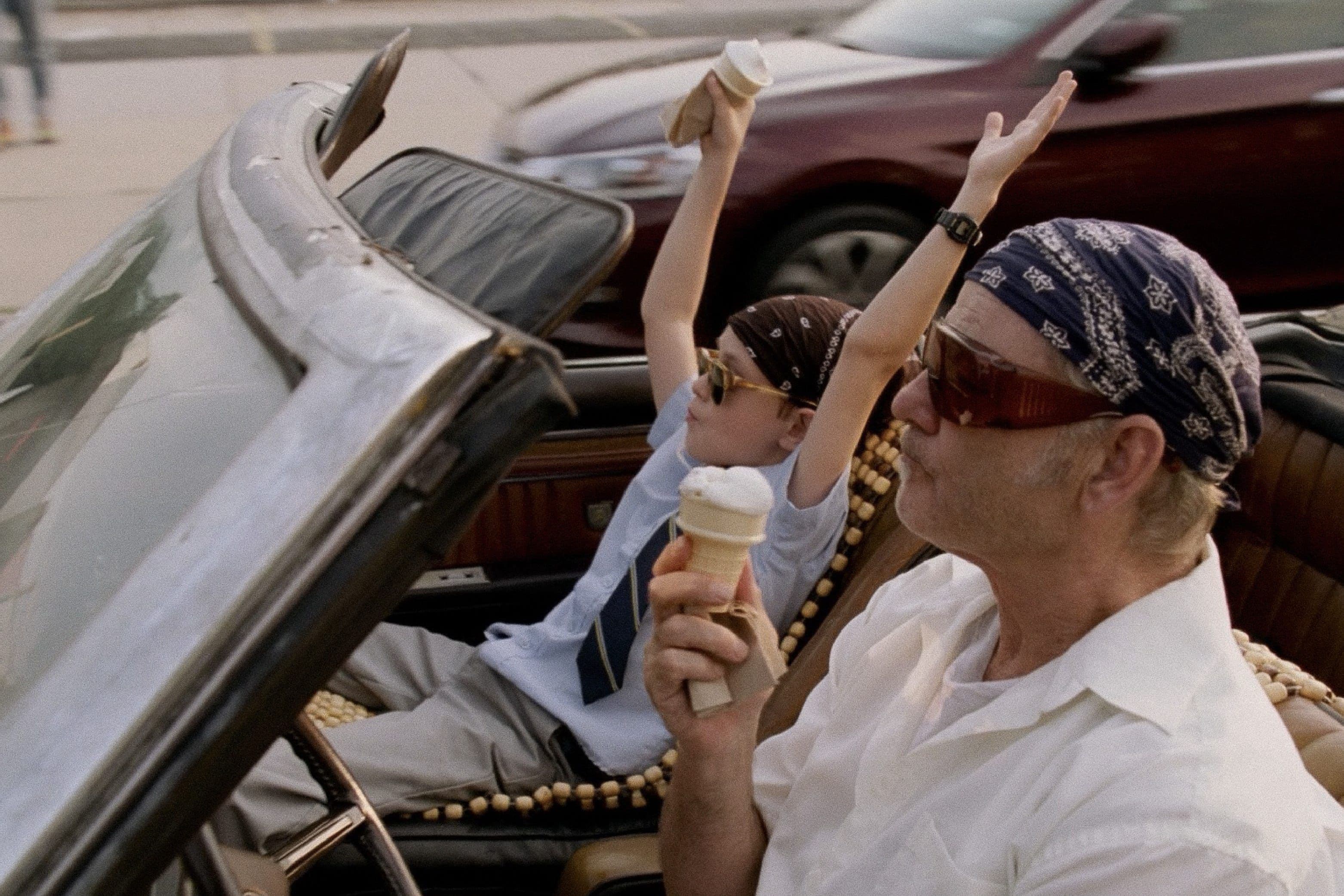
'Heather Cox Richardson Stole My Wife'Dec 10
one man’s account of how the prominent substacker helped radicalize his wife and blow up their marriage
Jul 20, 2023

Last week, Ben and Jerry’s became embroiled in controversy after it celebrated July 4th by advocating the return of “stolen” land to Native Americans (#landback), starting with Mount Rushmore, which they wanted returned to the Lakota. People on Twitter were quick to point out the obvious — that, like virtually everything else in America, Ben and Jerry’s HQ also sat on former native land. And things got even worse for the far-left ice cream company when Fox News interviewed Don Stevens, Chief of the local Nulhegan Band of the Coosuk Abenaki Nation, who said he was open to talks over ownership of Ben and Jerry’s HQ. Ben and Jerry’s hasn’t responded, as Birdwatch points out at the bottom of their original tweet.

I was surprised at the backlash. Not because it was undeserved, but because Ben & Jerry’s has always done this sort of thing. Created in 1978 in Burlington, Vermont, just three years before the city elected Bernie Sanders as mayor, the company has long reflected the left wing, hippy politics of the region. It started using environmentally friendly packaging as early as 1999, created a giant baked Alaska to protest drilling in the Arctic National Wildlife Refuge in 2005, and in 2015 renamed its chocolate chip cookie dough ice cream “I Dough, I Dough” to celebrate the nationwide legalization of gay marriage. But social media has truly transformed Ben and Jerry’s, turning it into more of a far-left social media activist than an ice cream company. Not counting threads and retweets, the company tweeted 64 times between January 1st and July 4th, but only 15 times about ice cream explicitly. What were all the other tweets about?